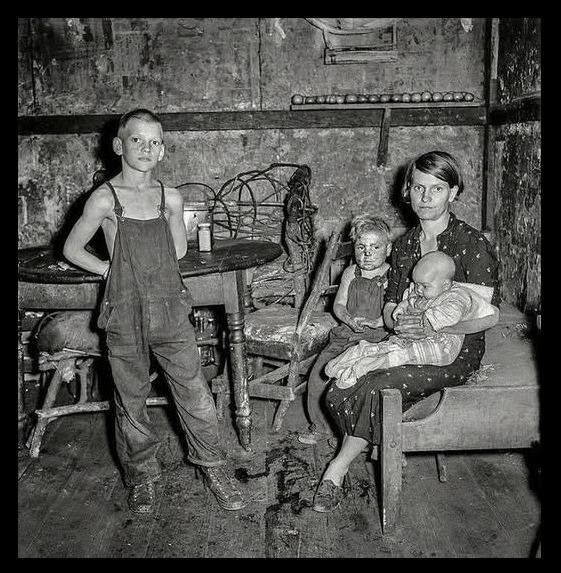It’s September 1938 in Pursglove, a patch of West Virginia coal country near Scotts Run, and a miner’s wife tends to her three young children inside the cramped walls of a company house. Life here, shadowed by the rolling Appalachian hills, is both simple and stark—a reflection of the era’s hardship, but also of quiet strength and resilience.
Scotts Run, just outside Morgantown in Monongalia County, became something of a symbol during the Great Depression, not for its scenery, but for the raw truth it revealed about America’s coal-mining families. Photographers were drawn to these hollows and hills, capturing images that told the nation a story of endurance amid scarcity. The houses—flimsy, hastily built structures owned by the mining companies—huddled together in tight-knit clusters, forming isolated little worlds all their own.
Inside these communities, the coal company wasn’t just an employer; it was landlord, shopkeeper, and utility provider all at once. For families like the miner’s wife and her children, this meant that nearly every daily need—shelter, food, even the flicker of electric light—depended on the company’s ledger. The rhythm of life was set by the mine whistle, and the boundaries of freedom were drawn by company policy. Yet, within those limits, families found ways to care for one another, to share what little they had, and to dream of something better for their children.
Looking back, Scotts Run stands as a poignant reminder of a time when the lines between employer and community blurred, when hardship was commonplace but hope persisted. The faces and stories from those company houses live on—not just as black-and-white photographs, but as a testament to the enduring spirit of families who built their lives in the shadow of the mine.
